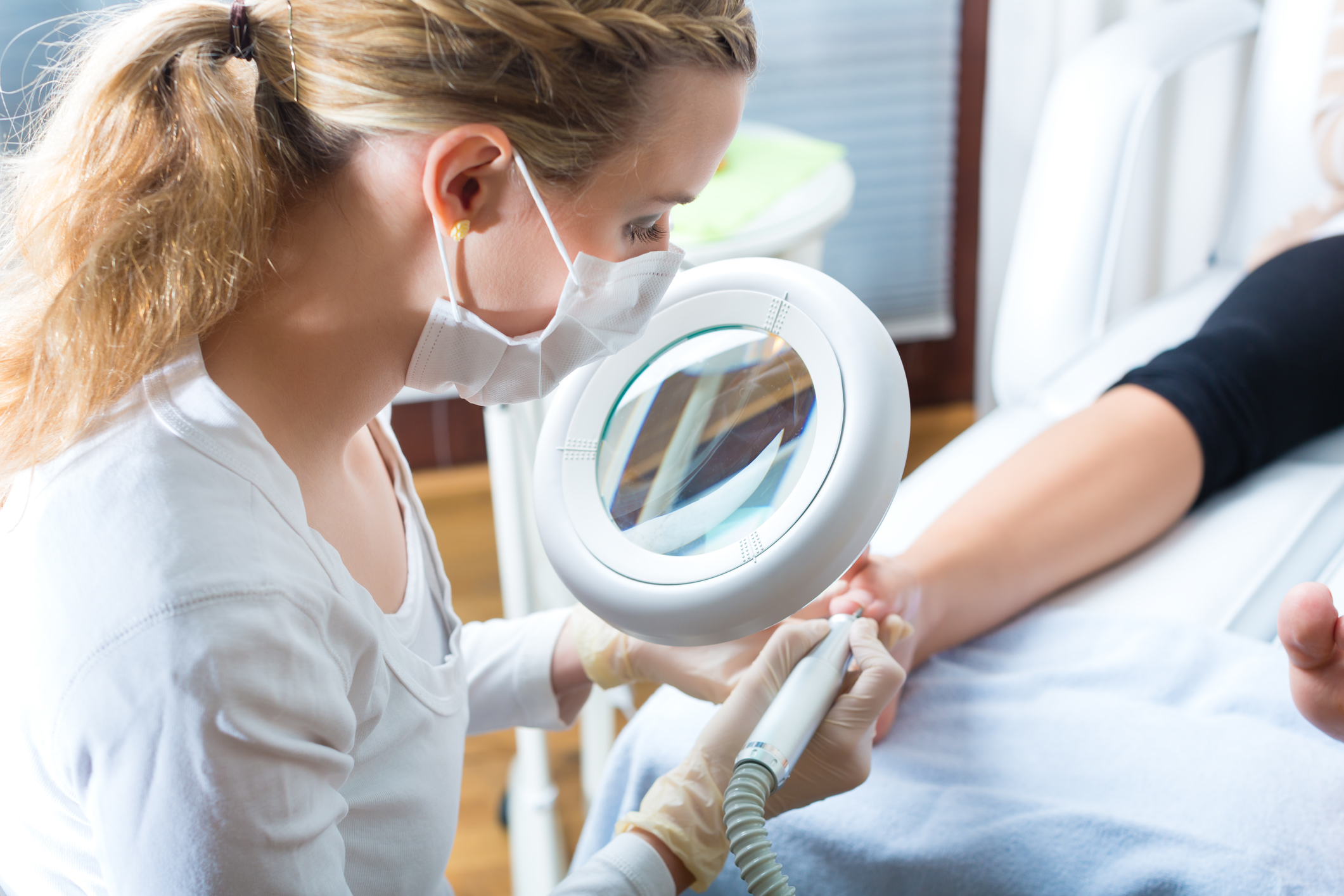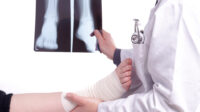As a practicing podiatrist who recently graduated from residency, I was in your shoes not long ago and know the stress associated with studying for the APMLE board exams firsthand.
Part I of the Podiatry boards is very frightening for all students whether you are in the top or the bottom of the class. I write this to offer some tips that helped me when I went through the process and to highlight what my classmates and I studied prior to taking the examination.
Start Early…Seriously
First, start studying early on – there is A LOT of material to review. I started studying three months ahead of time which I found adequate. We had a month and a half off of classes before the exam to study for the APMLE. Many of my classmates used this time to go on vacations and then started studying only a week before the exam. They were much more stressed out and some of them did not pass the examination.
Don’t Try to Memorize Every Single Fact
It is important to remember that the podiatry school curriculum’s are tailored to teach you all the material you need to pass the test. You should not be learning everything before the boards for the first time – it should merely be a review.
In my opinion, it was not important to re-memorize every single fact that you learned over the first two years of podiatry school (it would be impossible!) but instead to learn concepts and major topics. It is also important in your first two years of podiatry school to not cram for tests. I have found that cramming for examinations allows you to remember the material for a few days and then it is often forgotten after this. This is exactly what you DO NOT want to happen. You want to remember and learn as much material that will stay for the long term when initially studying for classes so that it is retained for boards as well.
Creating A Study Guide and Practice Plan
When I was in residency, we always had first and second year podiatry students coming to visit and I would always get asked the question “What Did You Use To Study?” The main book that I used was “First Aid for the USMLE Step 1”. Although we are not in medical school, the topics in this book paralleled the topics on the APMLE exam content outline nicely. I read through the entire book a few times. It worked well for me because it has many high yield facts.
However, lower extremity anatomy is a big component of the APMLE examination and of course the anatomy in the USMLE book did not have anywhere near enough lower extremity anatomy in it. I actually went back to my lower extremity anatomy class review notes and reviewed these to brush up on the major facts from this class. This seemed to help a lot. For certain topics I went back to class notes, especially for pharmacology, to review different drugs especially those related to the lower extremity as there was not as much detail on these drugs in the USMLE book as I thought the examination may ask.
When I was in podiatry school I remember wishing that there was an APMLE review question bank for the Part 1 boards. Luckily, now, with BoardVitals there are practice APMLE questions covering the same topics as the exam outline. There are not only Podiatry test questions and answers for practice tests, but there are also explanations that you can use to study from.
Pace Yourself on Test Day
Looking through the exam content outline, you will see that there are 205 questions on the examination. It is important not to get bogged down with one single question in particular. If you have 4 hours to complete the exam and you spend 20 minutes trying to figure out one question, you will have to rush through the next 204 questions and risk making silly errors on some of these. In addition to this, make sure you read the “Information Bulletin” on the APMLE website in its entirety. This gives great information as well as some practice questions and the more knowledge you have about the examination, the less stressing you will do!
Though taking the APMLE Part 1 may be stress inducing, you’ll be fully prepared come test day by devoting sufficient time to studying. Good luck!




